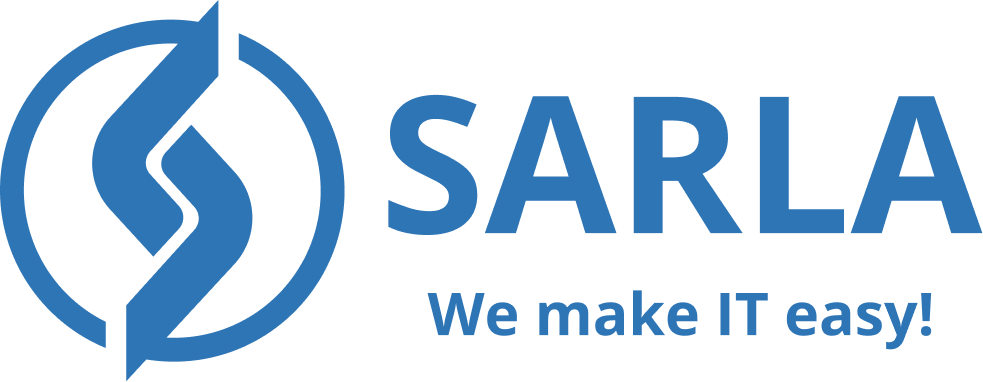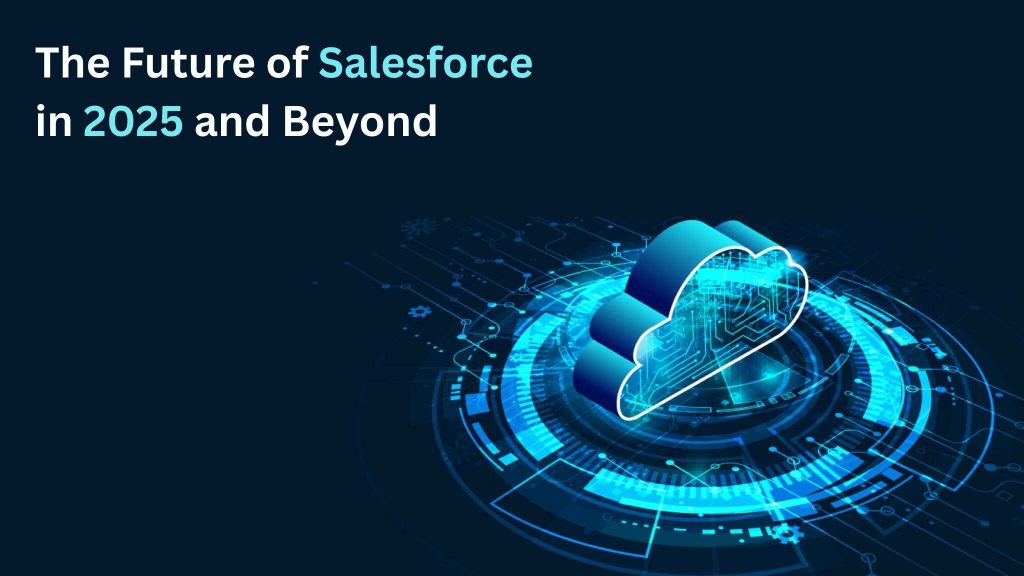Salesforce has long been recognized as the world’s leading Customer Relationship Management (CRM) platform, which helps companies connect with their customers in smarter and more efficient ways. But Salesforce today is an ecosystem that brings together artificial intelligence (AI), automation, data analytics, and cloud technology to drive real business transformation.
Let’s explore the top trends shaping the future of Salesforce in 2025 and beyond, and how businesses of all sizes can prepare for what’s next.
Generative AI Takes Center Stage
Artificial intelligence has been part of Salesforce for years through Einstein Analytics. But with the introduction of Einstein GPT and Agentforce, AI has become central to the Salesforce experience.
Einstein GPT is Salesforce’s generative AI technology that helps users in more ways than you thought possible. It’s designed to make work faster and smarter. Meanwhile, Agentforce is Salesforce’s suite of intelligent agents. These AI-powered assistants can automate tasks and help employees work more efficiently.
Zero-Copy Architecture Changes the Data Game
Data is the lifeblood of every business, but managing it across multiple systems can be complicated. Traditionally, companies have had to copy and move data between platforms, creating security risks. Salesforce’s new Zero-Copy Architecture (ZCA) is changing all that.
With ZCA, businesses can access and analyze data from external systems without actually moving it. This means no more complex data transfers or synchronization issues.
In 2025, Zero-Copy Architecture will become the standard for businesses looking to simplify data management and improve data governance.
Unified Data Cloud and Customer 360 Experiences
Customers expect personalized experiences across every touchpoint, as it has become the basic norm everywhere. Salesforce’s Data Cloud (formerly known as Customer Data Platform) is making this possible. Data Cloud unifies data from multiple systems into one central hub. This gives businesses a complete, 360-degree view of their customers.
Rise of Agentic Workflows
The next phase of automation is here with agentic workflows. Instead of users manually updating records or assigning tasks, AI agents can now take those actions automatically.
Salesforce’s intelligent AI agent framework allows these autonomous systems to handle day-to-day operations. Whether it’s scheduling meetings or responding to customer queries, these AI agents work behind the scenes to keep businesses running smoothly.
By 2026, experts predict that half of all Salesforce workflows will include AI-driven automation, which allows businesses to operate with unprecedented speed and precision.
Voice and Conversational CRM
Voice-activated technology is reshaping how people interact with software, and Salesforce is embracing this trend. The future of CRM is conversational, where users can simply talk to their systems instead of typing commands. This means that users can do the following:
- Ask, “Show me my top 10 leads for this quarter,” and Salesforce instantly displays the results.
- Field service agents can update records hands-free while working on-site.
- Customer service bots can resolve issues using natural language conversations.
Salesforce’s integration with Slack GPT and Einstein Copilot is paving the way for conversational experiences across all business functions.
Stronger AI Governance and Data Trust
With great power comes great responsibility. As AI becomes more powerful, companies need to ensure it’s used responsibly. Salesforce leads the way in ethical AI with its Einstein Trust Layer.
The Einstein Trust Layer ensures that AI systems are transparent, secure, and compliant with global data protection laws like GDPR and HIPAA. It prevents sensitive customer data from being used to train external AI models and logs every AI-generated decision for auditing.
Focus On Sustainability And ESG
Sustainability is now a key business priority, and Salesforce is leading the way with Net Zero Cloud. This platform helps organizations track their carbon footprint, monitor energy use, and manage environmental, social, and governance (ESG) goals. Let’s focus on what’s new here.
- Real-time tracking of emissions and resource consumption.
- Integration with ERP systems for seamless sustainability reporting.
- Predictive modeling to assess future environmental impact.
In 2025 and beyond, Salesforce’s sustainability tools will become essential for businesses committed to both profitability and purpose.


Bobby4015
https://shorturl.fm/mDECH
Antonio3185
https://shorturl.fm/NUMC1
Cristian829
https://shorturl.fm/hK5zs